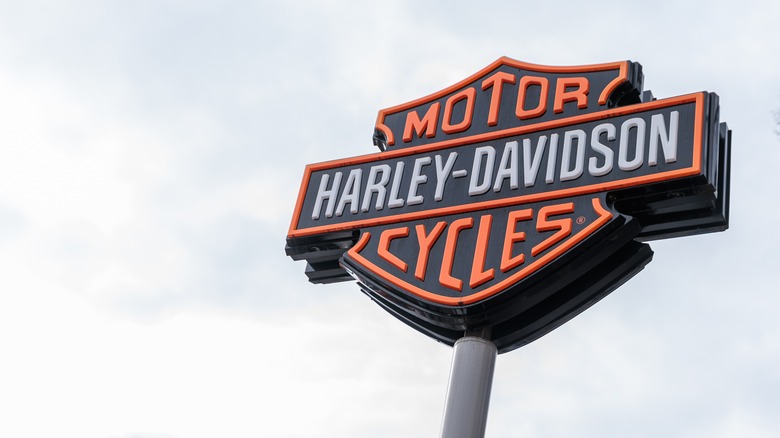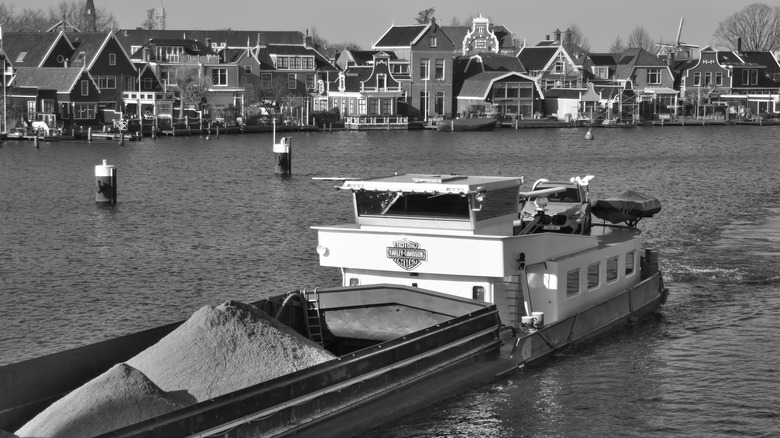Yes, Harley-Davidson Actually Made An Engine Just For Lawn Mowers
Without a doubt, the first thing that comes to mind when thinking about Harley-Davidson is motorcycles, with the company already having built a name for itself as one of the major motorcycle brands on the market. However, did you know that the brand has also dabbled in other products in the past? Although not among the most important moments in the company's history, it's still worth noting that Harley-Davidson almost became a household name for lawnmowers, or at least the engines powering them.
In 1929, 26 years after it was founded in Milwaukee, Wisconsin, Harley-Davidson took an unusual turn by venturing into the production of engines specifically for commercial lawnmowers through a partnership with the Worthington Mower Company. H-D supplied single-cylinder, side-valve engines for Worthington's Overgreen lawnmowers. At the time, the golf industry was growing, so Worthington made these big machines for sprawling golf courses and public fields. Harley's engines were instrumental in powering them.
As to why Harley-Davidson entered the partnership, you need to understand that 1929 marked the start of the Great Depression, the longest and deepest downturn in the U.S. economy. To stay afloat, Harley, along with many other companies, had to diversify and look for other opportunities. By the time the economy began to stabilize, however, Harley opted to refocus on its motorcycles.
Other lesser-known Harley-Davidson products
Aside from lawnmower engines, other early mechanical ventures from Harley-Davidson show that it wasn't afraid to explore uncharted territory. In the 1910s, for instance, it tried its hand at building commercial delivery trikes. Its first model was called the Forecar, which featured a twin-cylinder chain-driven engine. It was capable of hauling up to 600 pounds of mail or groceries. In the 1960s, Harley produced and sold boats after acquiring Tomahawk Boats. The main purpose of the 1962 acquisition was for the company to gain access to the latter's fiberglass manufacturing technology for its motorcycle parts. Harley's involvement in boats didn't last long, as it shut down its boat business in 1965.
Still, Harley-Davidson was not done exploring other potential ventures. Between 1969 and 1981, the firm built a small rocket engine called the LR-64. They were designed for military target drones, helping simulate enemy missiles during war training exercises. Around the same period, the company also built the Utilicar, a three-wheeled factory support vehicle with both electric and gas-powered variants and a 750-pound payload capacity. The company released five cargo configurations of the Utilicar, including cargo stake box, flatbed, personnel carrier, stake box, and steel cargo box. However, like the rest of Harley's ventures outside of its main business, it was also eventually shut down. Through all these detours, Harley-Davidson held onto its motorcycle business, which now offers a variety of models and categories.

